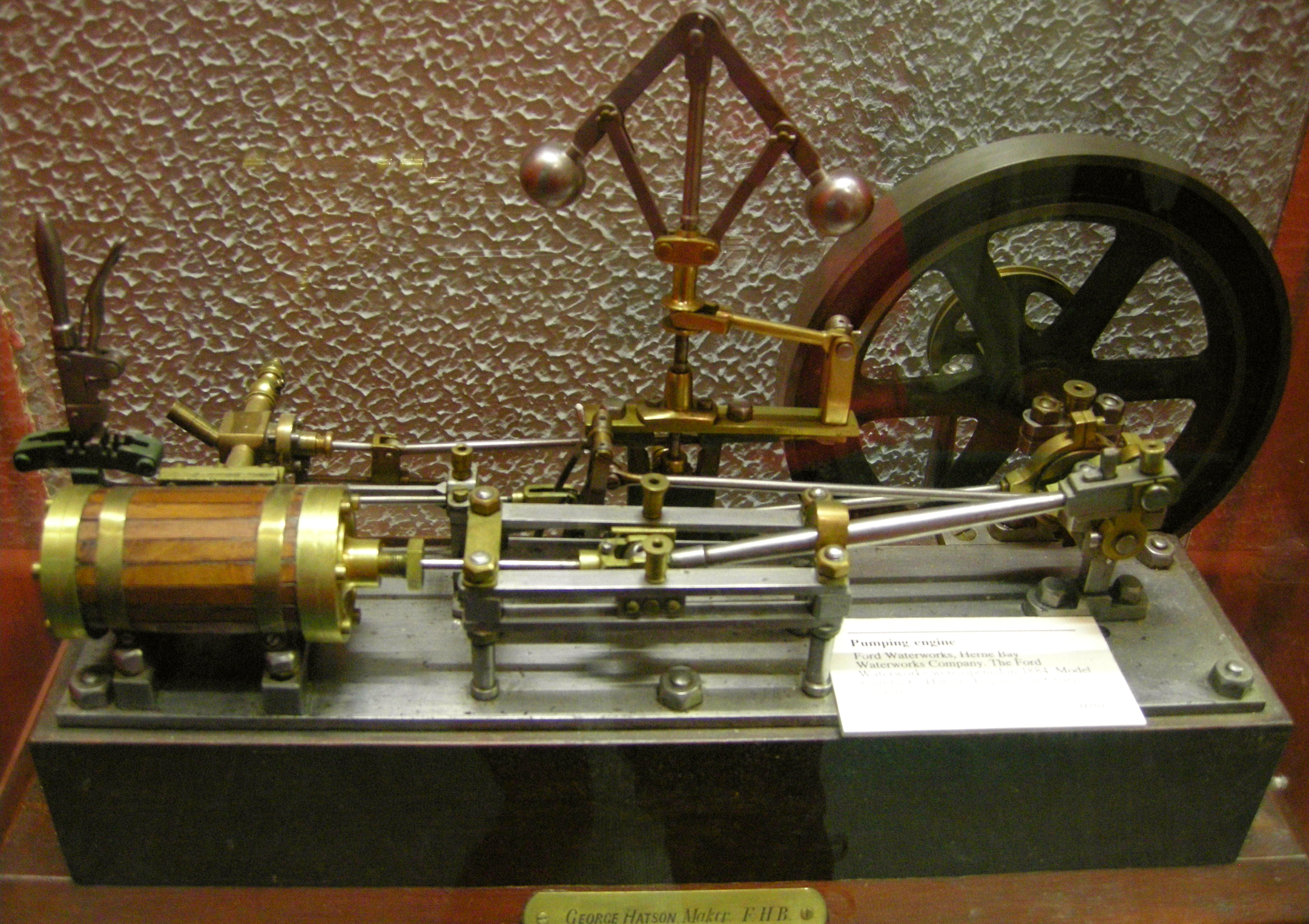|
Henry Young Darracott Scott
Major-General Henry Young Darracott Scott (2 January 1822 – 16 April 1883) was a British Army officer in the Corps of Royal Engineers. He was best known as the joint designer and builder of the Royal Albert Hall in London. Early life Henry Young Darracott Scott was born on 2 January 1822 in Plymouth, Devon. The fourth son of Edward Scott. He was educated privately at the Royal Military Academy, Woolwich. He was the first cousin of the brewer John Edward Scott, father of the Antarctic explorer Robert Falcon Scott. Military career Scott obtained a commission as a second lieutenant in the Royal Engineers on 18 December 1840. After training at Chatham, he was stationed at Woolwich and Plymouth and was promoted to first lieutenant on 19 December 1843. He went to Gibraltar in January 1844, where he was acting adjutant of his corps. While in Gibraltar he accompanied Arthur Penrhyn Stanley and his two sisters on a tour in Spain. He returned to England in 1848 and was appointed a ... [...More Info...] [...Related Items...] OR: [Wikipedia] [Google] [Baidu] [Amazon] |
Major General (United Kingdom)
Major general (Maj Gen) is a "two-star" rank in the British Army and Royal Marines. The rank was also briefly used by the Royal Air Force for a year and a half, from its creation in April 1918 until August 1919. In the British Army, a major general is the customary rank for the appointment of division commander. In the Royal Marines, the Commandant General holds at least the rank of major general. A major general is senior to a brigadier but subordinate to a lieutenant general. The rank is OF-7 on the NATO rank scale, equivalent to a rear admiral in the Royal Navy or an air vice-marshal in the Royal Air Force and the air forces of many Commonwealth countries. Insignia and nomenclature The rank insignia is the star (or 'pip') of the Order of the Bath, over a crossed sword and baton. In terms of orthography, compound ranks were invariably hyphenated prior to about 1980. Nowadays the rank is almost equally invariably non-hyphenated. When written as a title, especiall ... [...More Info...] [...Related Items...] OR: [Wikipedia] [Google] [Baidu] [Amazon] |
Corps
Corps (; plural ''corps'' ; from French , from the Latin "body") is a term used for several different kinds of organization. A military innovation by Napoleon I, the formation was formally introduced March 1, 1800, when Napoleon ordered General Jean Victor Marie Moreau to divide his command into four corps. The size of a corps varies greatly, but two to five divisions and anywhere from 40,000 to 80,000 are the numbers stated by the US Department of Defense. Within military terminology a corps may be: *an military organization, operational formation, sometimes known as a field corps, which consists of two or more division (military), divisions, such as the I Corps (Grande Armée), , later known as ("First Corps") of Napoleon I's ); *an administrative corps (or Muster (military), mustering) – that is a #Administrative corps, specialized branch of a military service (such as an artillery corps, an armoured corps, a signal corps, a medical corps, a marine corps, or a corps of ... [...More Info...] [...Related Items...] OR: [Wikipedia] [Google] [Baidu] [Amazon] |
Waterworks
Water supply is the provision of water by public utilities, commercial organisations, community endeavors or by individuals, usually via a system of pumps and pipes. Public water supply systems are crucial to properly functioning societies. These systems are what supply drinking water to populations around the globe. Aspects of service quality include continuity of supply, water quality and water pressure. The institutional responsibility for water supply is arranged differently in different countries and regions (urban versus rural). It usually includes issues surrounding policy and regulation, service provision and standardization. The cost of supplying water consists, to a very large extent, of fixed costs (capital costs and personnel costs) and only to a small extent of variable costs that depend on the amount of water consumed (mainly energy and chemicals). Almost all service providers in the world charge tariffs to recover part of their costs. Water supply is a separate to ... [...More Info...] [...Related Items...] OR: [Wikipedia] [Google] [Baidu] [Amazon] |
Brompton, Kent
Brompton is a suburban village situated between the town centres of Gillingham and Chatham, lying adjacent to Chatham Dockyard in Medway, Kent, England. Its name means "a farmstead where broom grows" broom is a small yellow flowering shrub. Overview Brompton dates back to the late 17th century, and grew rapidly in the 18th century to accommodate the fast-growing dockyard workforce. It was a deliberately planned settlement, laid out by Thomas Rogers, Esquire, the owner of Westcourt Manor on whose demesne lands it was built. In the 1750s, with the building of the Chatham Lines to defend Chatham Dockyard, the village became completely surrounded by military establishments, limiting its ability to expand much beyond its original plan. When war with France recommenced in 1778, it was necessary to strengthen the dockyard defences. Fort Amherst and the Chatham Lines (defensive ditches) were improved and extended, and work was later begun on additional perimeter forts in Chatham an ... [...More Info...] [...Related Items...] OR: [Wikipedia] [Google] [Baidu] [Amazon] |

